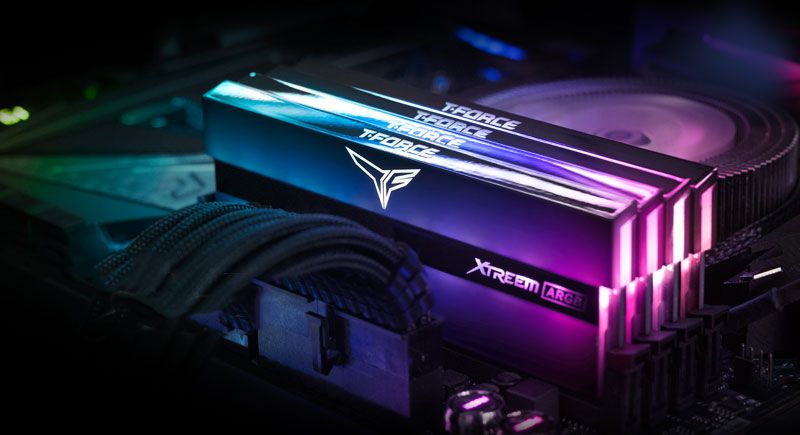Your RAM is capable of running at 3200MT/s, but only if your BIOS is able to use the DDR4-3200 setting with this particular memory kit. If the HP BIOS does not allow XMP with this kit, you'll be stuck at 2400 MT/s.
A "standard" motherboard from the likes of Asus, Gigabyte, MSI, etc., often has a section in the BIOS which allows enthusiasts to manually overclock their RAM. With a DDR4-3200 kit, some people might be able to achieve 3400 or 3600 MT/s if they are both capable and lucky.
Pre-built systems from HP using their own proprietary design of motherboard may have a far more restrictive BIOS, with many "enthusiast" overclocking features deliberately left out.
By preventing owners of fully assembled systems from experimenting, HP ensure they remain more stable. This reduces the number of customer returns due to overclocking experiments that end in failure.
I'd be inclined to remove the 2 x 16GB kit and temporarily fit the old 2 x 8GB RAM originally installed by HP to confirm it overclocks at XMP 3200MT/s (use CPU-Z, etc).
Run your most memory intensive apps and check the amount of Reserved and Free RAM. Reserved RAM will be released to any apps that demand more memory.
Microsoft loads supposedly important programs such as Office365 into Reserved RAM at startup, just in case you need them. This makes starting pre-loaded programs fractionally faster.
If you have more than 2 to 3GB of Reserved + Free RAM when running your favourite apps, you don't need a 32GB upgrade.
Run a series of benchmark tests using real applications, e.g. FPS score from a game demo, then note down the readings.
Fit the 2 x16GB kit and run the same game demo and compare the FPS readings with the 2 x 8GB results.
If you haven't run out of RAM with the original 2 x 8GB kit and the game demo runs faster, sell or return the 2 x 16GB kit and chalk it down to experience.
The reason why most enthusiasts build their own systems with standard components is to avoid the limitations of pre-built systems made by big companies such as Dell and HP.
If you want a fully configurable gaming system but can't be fussed with the hassle of building it yourself, there are a number of independent companies who will build a machine for you, with all the bells and whistles you could desire.
Their expertise means you avoid the pitfalls often associated with building it yourself and they will pre-overclock your machine to extreme but perfectly stable speeds if you so desire. If you want memory that runs at DDR4-4000 or DDR5-7000, they'll build you a system.
Best of luck.


